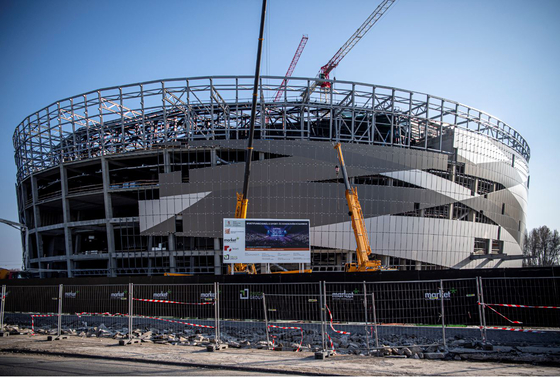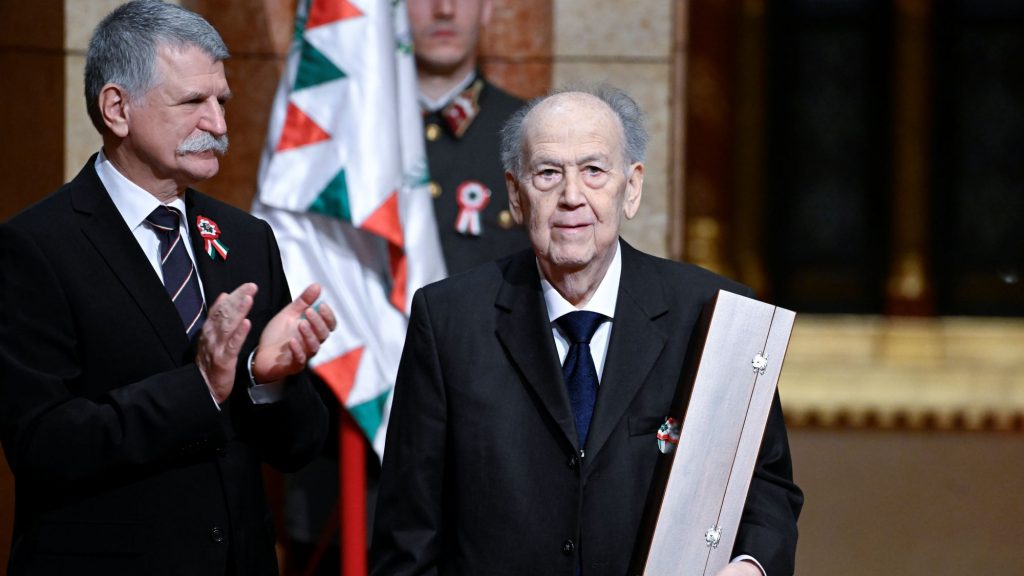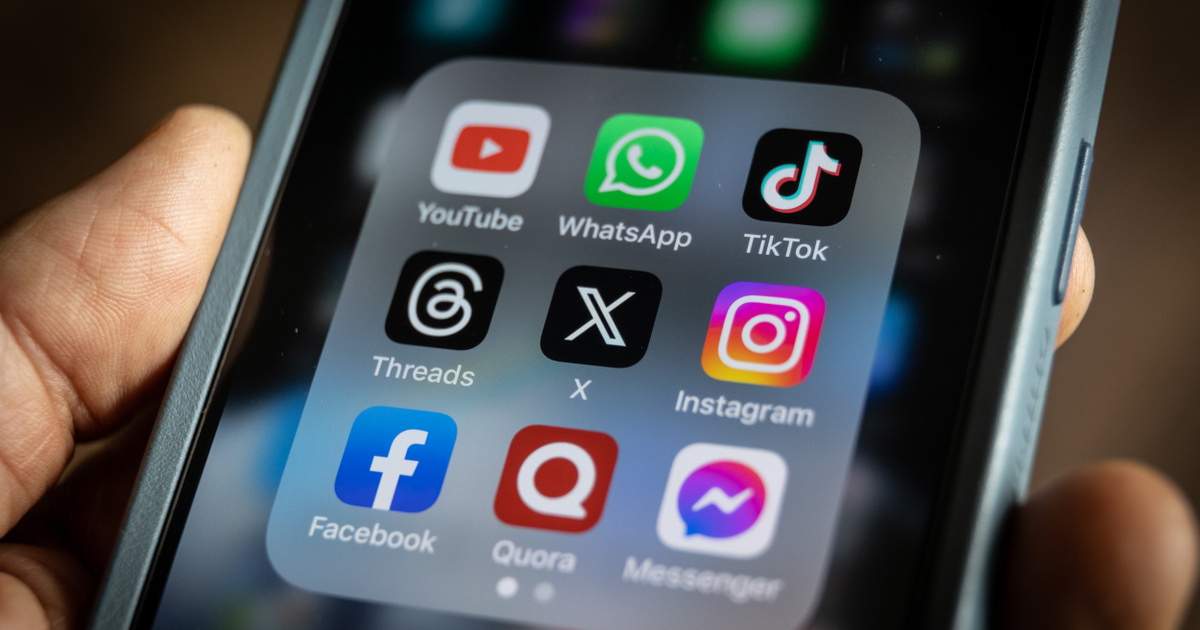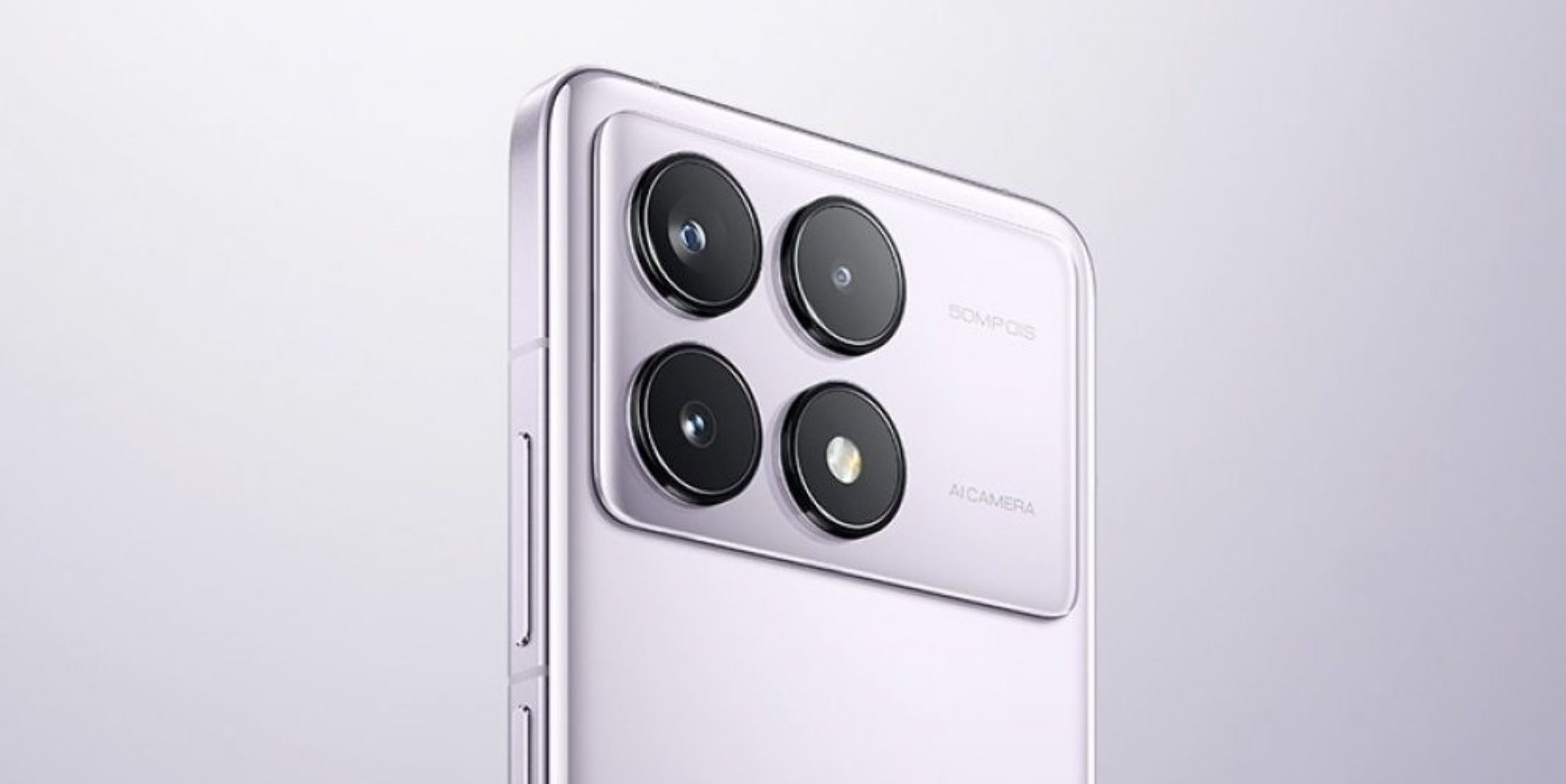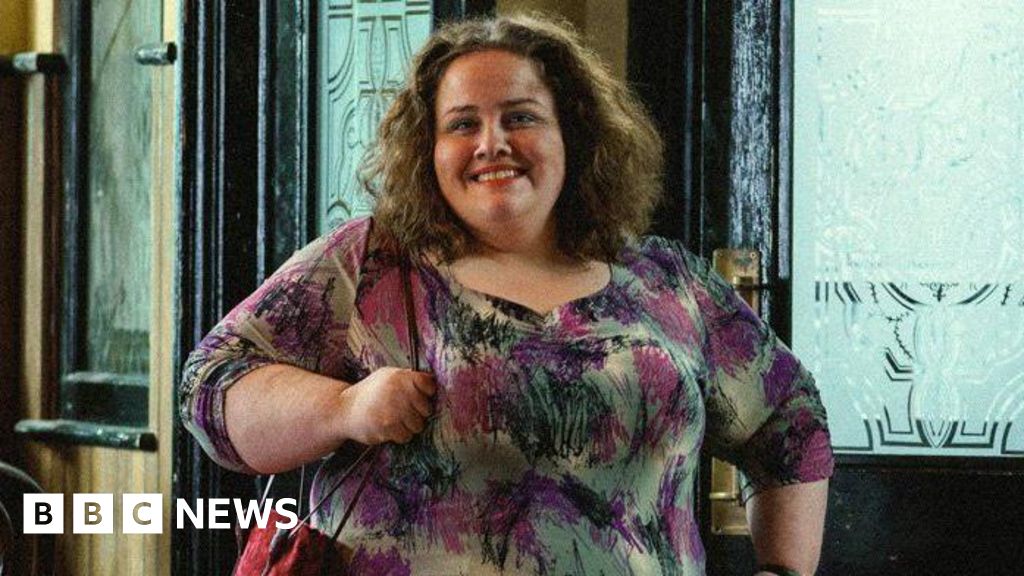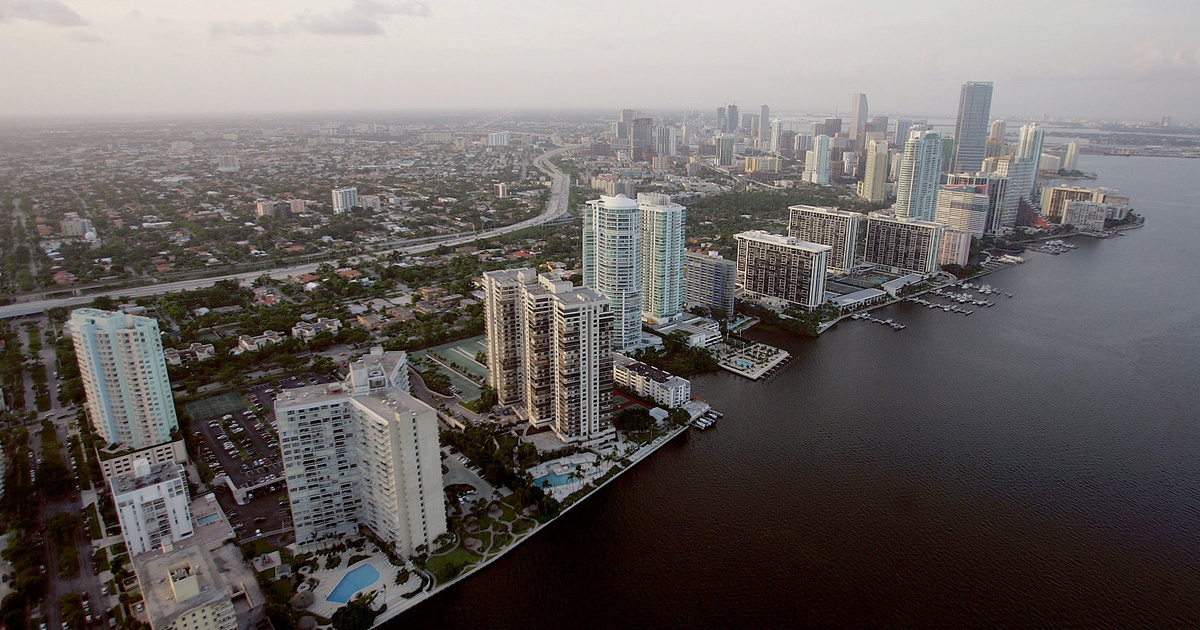In recent decades, a specific Spanish language has developed in Miami. The new dialect was created as a result of the English spoken in South Florida being influenced by the Spanish language IFL Science.
Due to its majority Hispanic and Latin American population, Miami is considered one of the most “bilingual” cities in the United States. In recent decades, Spanish has mixed with American English, creating its own expressions.
Linguists at Florida International University (FIU) in Miami have been tracking this linguistic evolution for the past ten years or so, and believe it is an excellent example of how human languages are constantly changing in response to historical and social circumstances.
Every word, dialect and language has a history
Professor Philip M. said: Carter, Director of the Financial Intelligence Unit.
There are many ways to speak English in Miami. The diversity that we’ve been studying over the last ten years or so is the major linguistic diversity of people born in South Florida in predominantly Latino communities.
Carter added.
He also said that this version features some unique but insignificant differences in pronunciation, some minor grammatical differences, and several differences in word association.
What does Miami English sound like?
Users of the new dialect “borrow” words from Spanish and translate them directly into English while retaining the existing Spanish structure of the phrase. Linguists call this translation mirror translation.
Although this Spanglish cocktail was first used by bilingual people, linguists note that some expressions have since been adopted by native speakers of Miami English.
Miami English shows how languages evolve
Carter Christine In 2022 D’Alessandro Meri conducted research with a linguist to document identical Spanish-origin translations in English spoken in South Florida.
First, 33 people in Miami, including a diverse mix of first-generation Cuban Americans, second-generation Cuban Americans, and non-Cuban Spanish speakers, were asked what they thought of more than 50 phrases characteristic of the new dialect. A national group out of South Florida was then asked to complete a similar task.
Their results showed that the accent seemed natural to Miami residents, but those living outside the area found it more foreign.
This research has shown how dialects are born: subtle differences and small changes accumulate, which then escalate to the point where people who don’t speak the dialect find it grammatically incorrect or foreign, the researchers explain.












